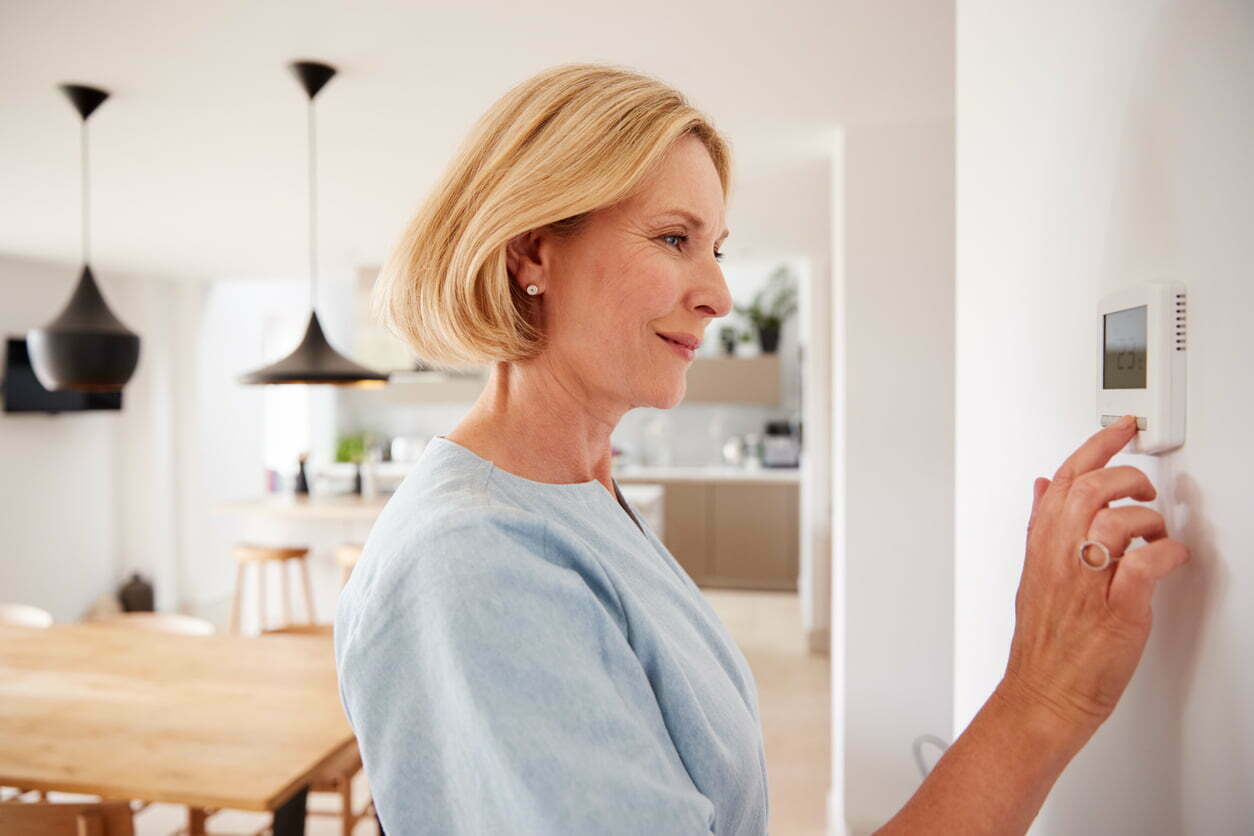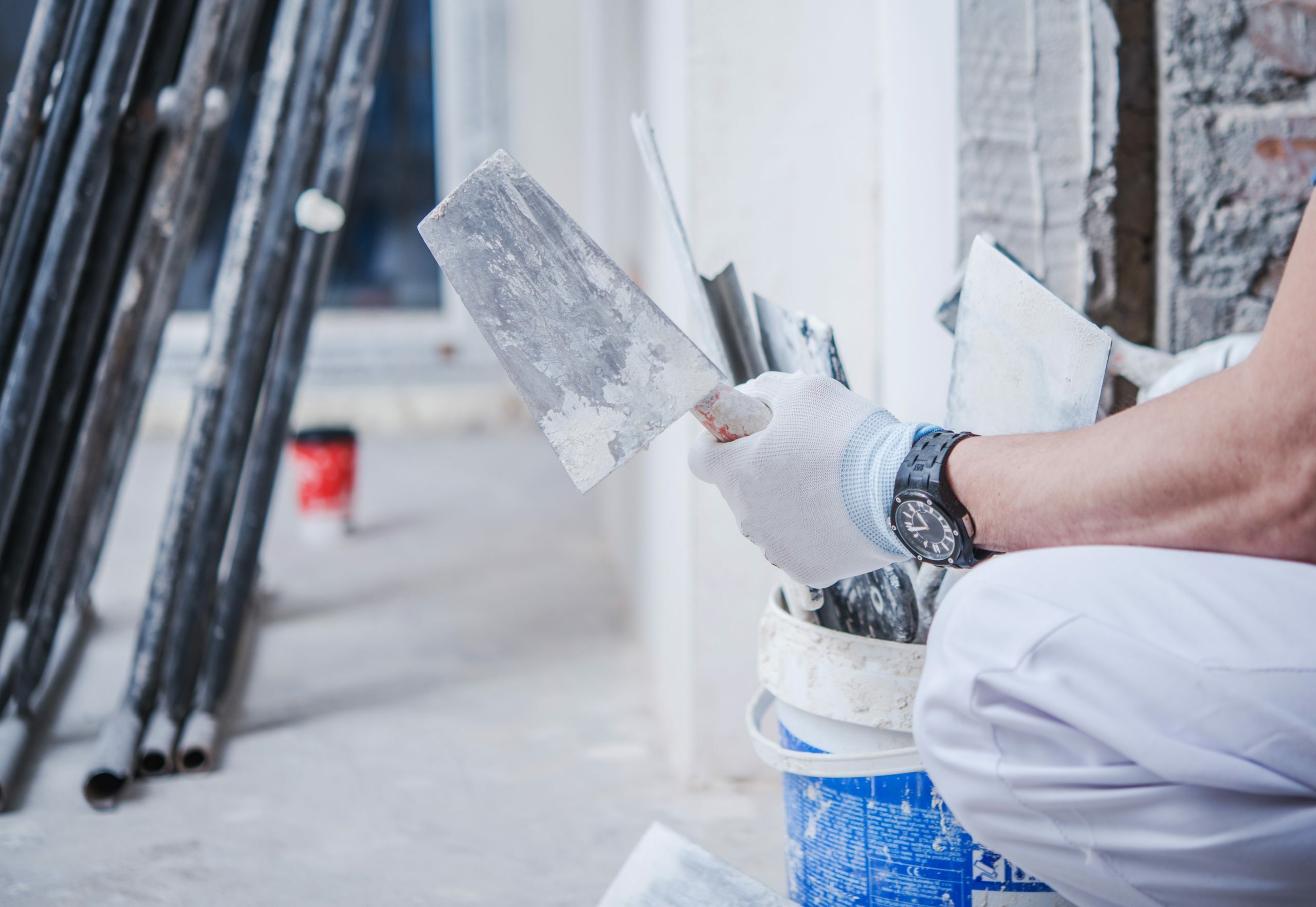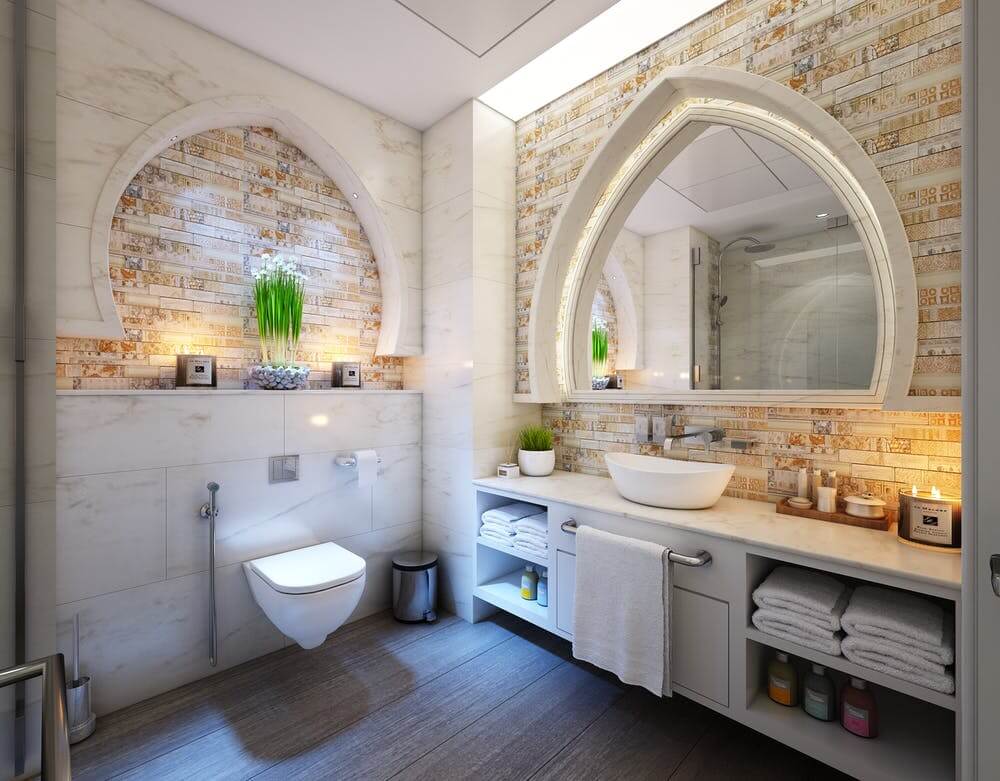We always find ourselves rushing towards the thermostat during the winter to crank up the heat and keep our toes from falling off. We do the same during the summer when we need the air conditioner to prevent us from pouring out sweat and sticking to the couch. While we may rely on the thermostat, homeowners make common mistakes with these units all the time.
Keeping the Heat on All Day
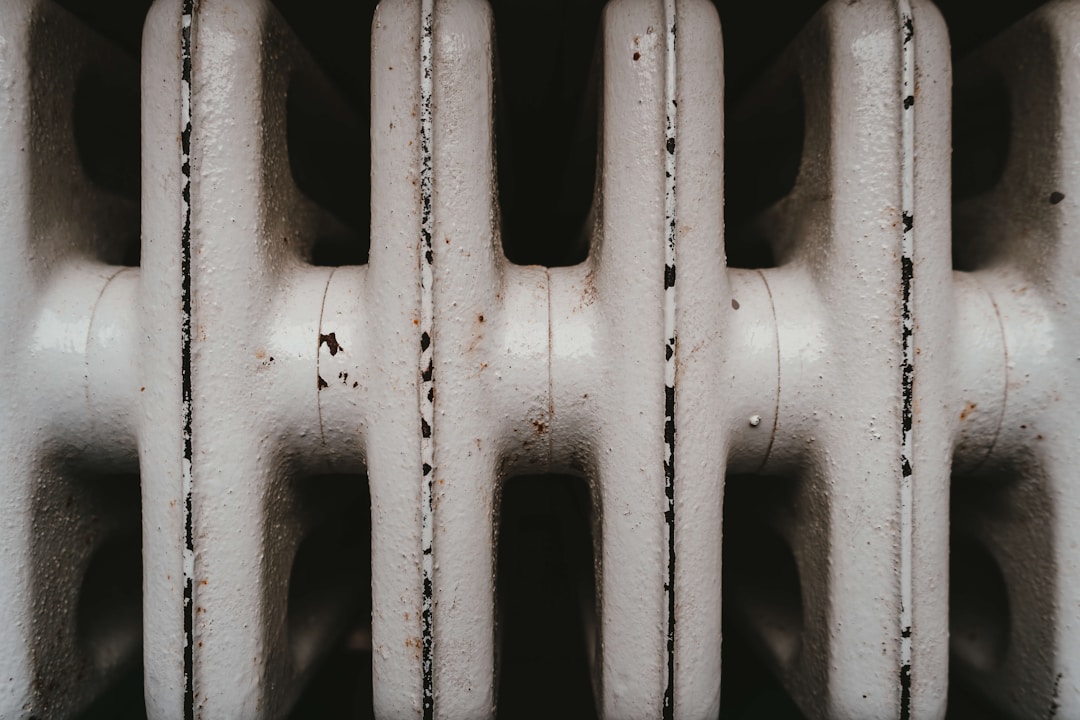
One of the three biggest thermostat mistakes is the one that ends up running up heating bills during the winter months. Some homeowners tend to let the heat run all day long, even when they’re not at home. An HVAC system can get that comfortable temperature quickly, so you don’t need to have that unit running all day long to assure the temp stays locked in all day long.
Regardless of the need for heat or air conditioning at a moment’s notice, you can invest in a programmable thermostat that will trigger according to your schedule. By setting a smart thermostat to go on moments before you get back from work, you’ll ensure that the heater or AC is making your household inhabitable without having to empty your bank account to cover your electric bills.
Incorrect Installation
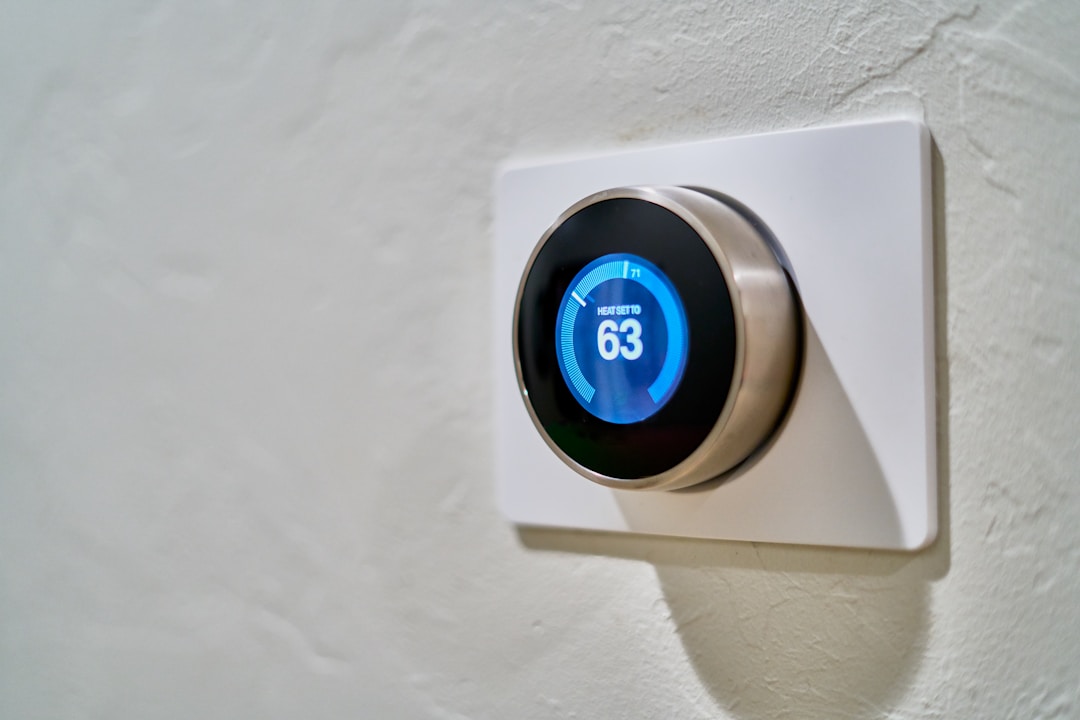
Thermostats use advanced sensors to get an accurate temperature reading of the surrounding environment. That’s why thermostat placement is key. If you install your thermostat in a room of the house that’s colder than the rest of the home, it will skew the reading. This will lead to the thermostat being easily triggered, putting more strain on your HVAC system and sending your home heating bills skyrocketing. The same goes for installing a thermostat in a warmer room and impacting your cooling system.
You shouldn’t install thermostats anywhere in a household where it is experiencing direct sunlight either. This will cause the sensor to read the indoor temperature as hotter than it actually is. Plus, this causes wear and tear that forces a home’s HVAC unit to work harder than necessary. Homeowners should also avoid placing thermostats near outside doors, windows, and heat sources. Outside temperatures and heat emissions can create inaccurate room readings. The prime location for thermostat placement is close to the air return ductwork of an HVAC system, where it is still accessible to you at any time, day or night. This will ensure the best possible temperature reading for a radiator or cooling system.
Setback Temperatures
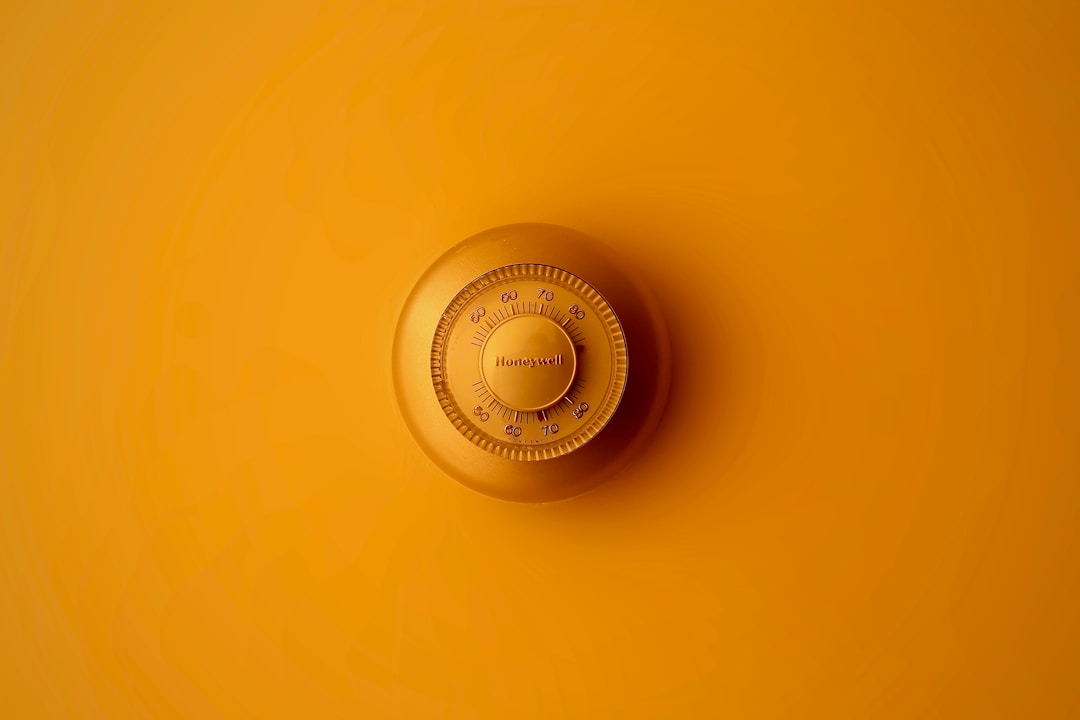
While you may not want to keep your home heating and cooling unit off when you leave the house, you could instead opt for a setback temperature. A setback temperature is a lower or upper bound on the temperature you want to allow the air in your home to reach. Many people use a target between 55 and 60 degrees, saving money on their energy bills. Some smart thermostats are now designed to allow for remote access. This means you can access your thermostat using an app on your phone and tablet to assure that it is at a comfortable temperature upon your arrival, rather than running the HVAC system all day long.
While technical issues may arise due to outages or a software update, they are usually rapid fixes brought on by the app. If the thermostat is still causing trouble, you may want to check if a new battery is needed or any wiring issues. Regular maintenance of even the most high-tech programmable thermostats is paramount. Don’t hesitate to keep in contact with a licensed HVAC technician to avoid any disruption.



